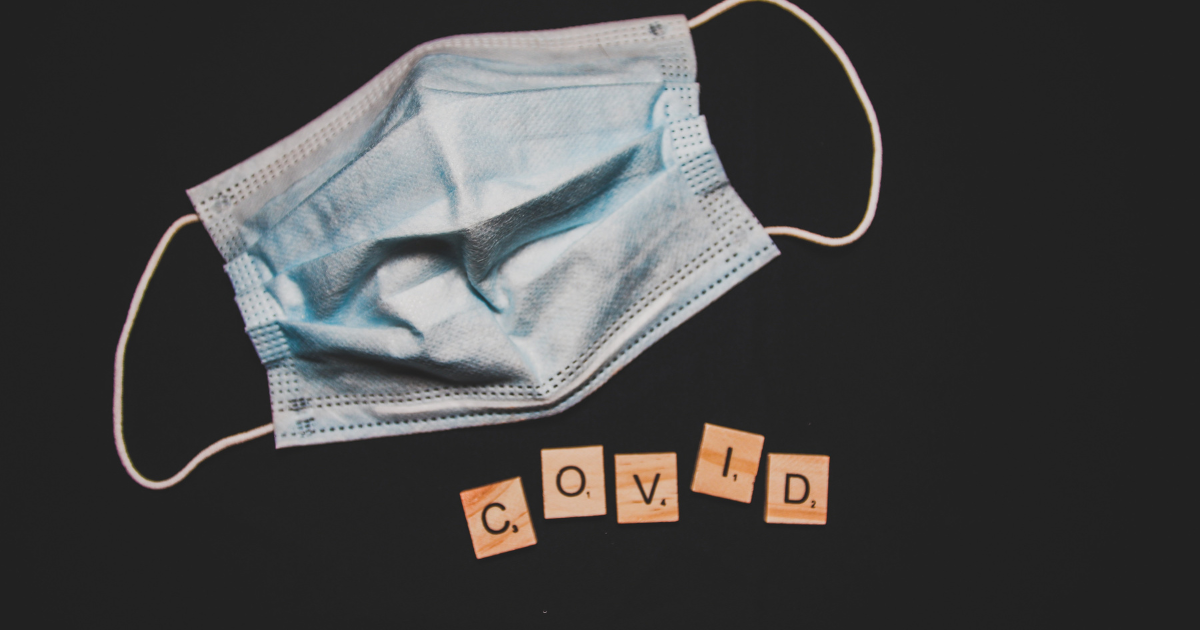As the holiday surge pushed COVID-19 positivity rates to double digits in many Black neighborhoods, Chicago’s average rose to 9.3 percent on January 9, the highest in five months, according to a Crusader analysis of data from the Chicago Department of Public Health (CDPH).
It was the biggest jump in weeks. Chicago’s positivity rate steadily climbed as indoor gatherings continued following the holiday season. Monday’s positivity rate of 9.3 is the highest since August 22, when the city’s rate was the same.
Hospitalizations and deaths have decreased and remain low, however, according to the latest health data.
In Chicago’s Black neighborhoods, nine zip codes had positivity rates in the double digits on January 9. Eleven had positivity rates higher than Chicago’s 9.3 average. Of 20 Black zip codes, there were a total of two deaths.
Despite the high positivity rates, CDPH’s Dr. Allison Arwady said Chicago’s health status will not be increased to High Risk Level.
“We’ve been able to remain in Medium COVID-19 Level through the holidays, which I am very pleased about, but we are by no means in the clear,” Arwady said in a statement.
“That’s why we’ve got to keep doing all we can to protect each other from COVID-19 and the flu, and that includes masking up in higher-risk spaces, staying home if you feel sick, and getting your flu and COVID-19 booster shots.”
Arwady added that, “It’s entirely possible we’ll get into the High Level soon.”
She noted the impact of the new sub-variant of Omicron, XBB.1.5, is slightly more contagious than previous strains. The sub-variant has become the dominant form of COVID-19. The Centers for Disease Control (CDC) estimated that it made up 72 percent of new cases in the Northeast and 27.6 percent of cases across the country.
Health experts said XBB.1.5 has a potent array of mutations that appear to help it evade immune defenses and improve its ability to invade cells.
However, Arwady said the bivalent booster “does a great job of protecting against Omicron sub-variants, including XBB.1.5.”

Arwady also urges Chicago residents to wear masks in crowded indoor spaces and get their booster shots to protect them from COVID-19 and variants that may be on the horizon.
Citing CDC data, the Illinois Department of Public Health (IDPH) recently reported that 73 counties in the state are at an elevated level for COVID-19, compared to 65 in the previous week. Of those, 28 Illinois counties are at a High Community Level and 45 counties are at Medium Level. IDPH is reporting 16,281 new confirmed and probable cases of COVID-19 in Illinois in the week ending January 1, and 20 deaths.
“As we enter the new year, IDPH continues to closely monitor levels of COVID-19, the flu, and other respiratory illnesses in communities throughout Illinois,” said IDPH Director Dr. Sameer Vohra in a statement.
“After the holidays, we are once again experiencing a rise in counties at elevated COVID-19 community levels, with 28 currently at High Level. As we monitor emerging variants, including a new more transmissible strain spreading in the northeastern U.S., I continue to recommend our residents take steps to prevent the spread of infection, protect those most vulnerable to serious illness, and preserve our hospital capacity.”
Vohra added, “It is not too late to get your COVID-19 bivalent booster or yearly flu shot. And if you are sick, please stay home if you are able and reach out to your provider about treatments for COVID-19 and the flu.”
IDPH previously announced that as of the end of 2022, it would be following the lead of the CDC and shifting from daily reporting of new COVID-19 cases and deaths to a weekly reporting cadence. As a result, daily case and death data has no longer been reported as of January 1. IDPH is now reporting weekly data on Wednesday of each week for the previous week ending on Sunday. IDPH is continuing daily reporting of ICU bed availability and hospital admission data.
The CDC announced it was making the shift from daily to weekly reporting of case and death data in October. IDPH officials believe that weekly reporting will provide the public with a more accurate picture of COVID-19 trends across the state over time, by tracking cases and deaths by the week they arise, rather than the date they are reported, which may be days or weeks later.
Access to tests and treatments can be found by contacting your provider for treatment options, within five days of feeling ill.






